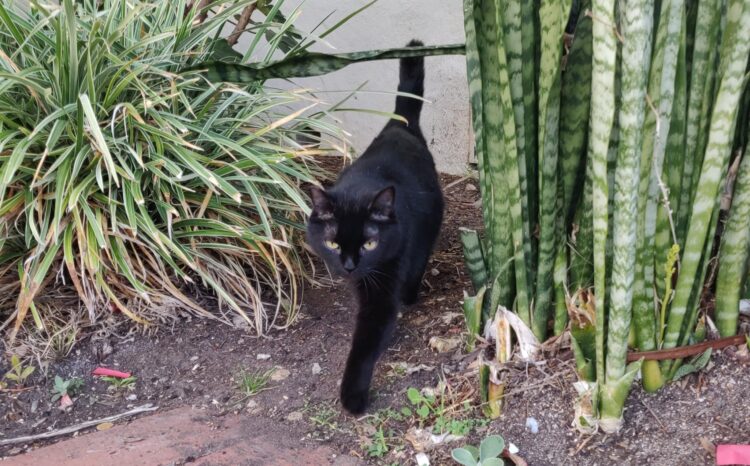
Written by Ingrid R. Niesman MS PhD
This is the fourth part in my series about important feline topics seen through my own experiences in 2022. You can read the previous posts here:
My Cat-astropic Year, Part One: The Challenges of Treating Feline Asthma
My Cat-astropic Year: Rescuing and Rehoming a Siamese Cat
Today’s post addresses the challenges of caring for feral cats on a college campus as experienced by me at San Diego State University (SDSU.)
College campuses are great environments for students and cats
As an urban campus in an ideal climate, it’s not unexpected that cats find SDSU attractive. Students leave lots of garbage, which attracts small rodents. The landscaping is lush and dense, providing plenty of covered hiding spots. Unfortunately, students occasionally feel the need to dump unwanted pets following graduation, if they leave without a solid future living plan.
The Aztec Cats program at SDSU is over a decade old now. Originally organized in response to a large and unmanaged population of over 25 cats and kittens, SDSU is down to one original female (Darcy) and a newly arrived young male (Genie). Between natural attrition and adoptions, by all accountable measures, Aztec Cats has been a shining example of successful TNR colony management.
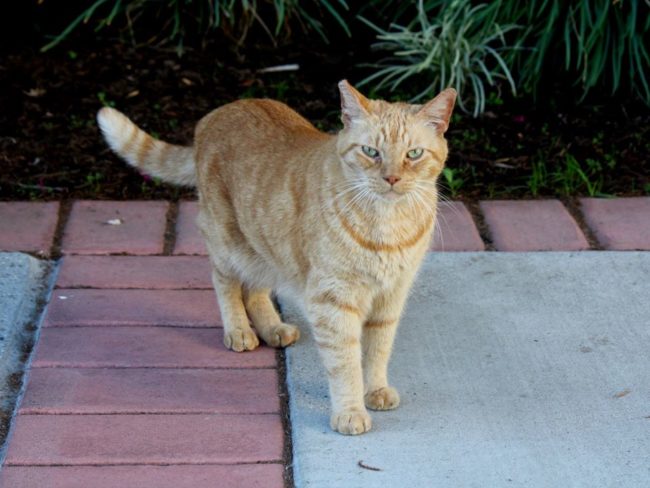
Who changes the rules?
Some days, the best part of my working life at SDSU is feeding and seeing our cats. This was especially true during the Covid-19 pandemic years, when normal campus interactions were disrupted. Cats didn’t care about masks or social distancing. They just wanted food and attention.
Early in the lockdown, Orion mysteriously disappeared. I am still mourning his loss three years later.
Last spring, we got notice from our administration that they wanted our cats removed from a central campus building. Who initiated this eviction is still unclear and the rationale shaky. At least, we believed that Raven, our beloved and most visible cat, was safe since she lived on the outskirts of campus.
An agreement was tentatively reached wherein we were given time to begin relocating Darcy and her daughter BJ to another side of the building near a protected courtyard. Within a day of this, their home tunnels were blocked and the girls trapped inside. Fortunately, I discovered this dilemma quickly.
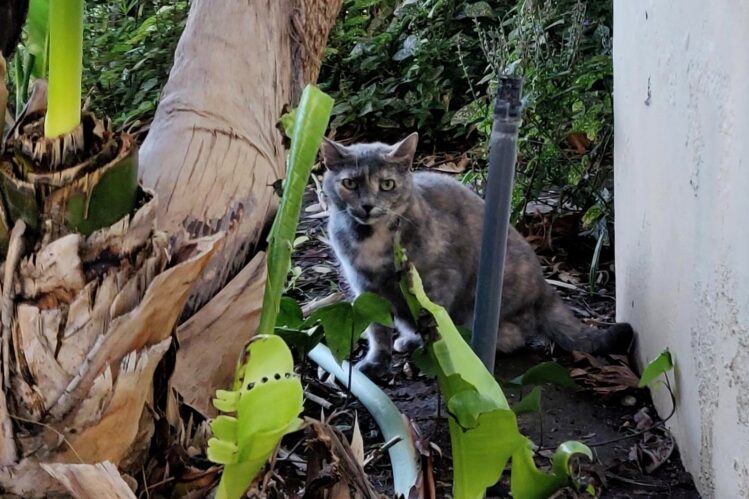
One cat down
The founder of Aztec Cats had considered “retiring” BJ from campus before. She was a friendly girl and could possibly adapt to an indoor life. He came to campus that day and brought her home to safety. Today she has blossomed into a wonderful, healthy and happy indoor cat. Yet, I miss sitting and petting her while she ate.

Is TNR (Trap Neuter Return) an effective and humane approach to manage unowned cat populations?
From my college population ecology course, I learned the basic cycle of boom and bust in each species survival curves. Many factors, such as mating preferences, food availability, habitat loss and predation, influence the stability of any population. However, it is not hard to understand that if even one sex is unable to perform, there will be a steady loss of individuals.
In a well-run TNR program, both sexes of community cats are spayed or neutered. Although this hampers reproduction, new cats can and do move into the community space from time to time. Long term however, there is a noted and profound population reduction [1-3]. A 2020 San Francisco based study, reported by Peter J. Wolf, validates the population reductions seen globally in community TNR monitored programs. Over a 16 year period, the initial 175 TNR cat population dwindled down to one remaining individual [4].
“The goal of TNR is fewer cats, fewer problems, and making cats lives happy and easier,” Louise Holton, President and Founder of Maryland based Alley Cat Rescue, Inc., explains to me.
As much as some people would not like to admit, feral cats are now part of our urban ecosystem. Humans created the symbiosis with our practice of agriculture and waste, drawing in hordes of edible rodents. Cats gladly helped themselves and humans were the beneficiaries.
Removing an apex predator from any ecosystem, urban or otherwise, is disastrous. Slowly and steadily reducing a population mitigates some of the environmental damage. TNR has been demonstrated scientifically to do this in a humane, reproducible and ethical manner.
Another SDSU campus mystery
There are many examples of college campuses across the US with quiet TNR programs. In all cases, the goal is reducing the population and increasing the health of the remaining cats. A side benefit is engagement with homesick, test-anxious or cat loving students. Several of my students loved to tell me of their interactions with the charismatic Raven.
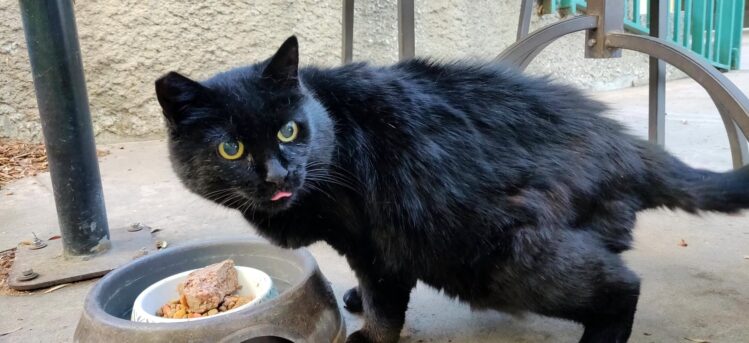
Not more than a week after BJ left campus, Raven mysterious disappeared from her home base. This area is heavily trafficked by all. Lots of students, faculty and staff ate lunch and dinner on the patio with her or walked by on the way to a large parking structure. She was deeply loved but not particularly fond of people trying to pet her or approach to closely.
We put up flyers and had a large scale intra-campus media campaign posting requesting tips or information on her disappearance. The best timeline we could establish was sometime between 10PM, the last verified sighting, and the next morning, she vanished. My faith in SDSU Facilities Management and higher level administration has been shaken by this loss, even after a year or more has passed.
Removal of cats is ineffective
The suggestion that cats are enemies of the environment is totally overblown. Exceptions clearly exist on island ecosystems, but let’s remember humans brought the cats there. We should resolve the issues using scientific rationale and balance the needs of cats and needs of the intertwined wildlife.
Total eradication of cats, even in a limited island location, is costly, inhumane and labor intense. Missing even a few fertile individuals allows a population to rebound quickly if environmental conditions remain constant. A 2020 publication investigated recolonization following a 44% removal of existing unowned cats. Cats returned to the area in similar numbers within 3 months [5].
Can we save cats’ lives with better management practices?
Are there better ways than we currently employ to reduce cat homelessness without mass culling, shelter euthanasia or long attrition phases?
A study published in 2019 modeled seven different management types, basically broken down by the level of intensity of practice [6]. When high intensity TNR was utilized, preventable feline deaths were significantly lower than doing nothing and better than removal-culling techniques. A high intensity TNR program involves careful trapping, sterilization, vaccination, and adoption, when possible, of the colony members. Sick and injured animals are removed. The paper’s authors conclude from their model, a well-run and thoughtful TNR program can save current and future colony members, while at the same time achieving the overarching goal of population reductions.
These results were further investigated in the field by a group in Israel in 2022 [7]. They conclude that reductions in cat numbers in a large area requires an integrated and intensive approach that includes adoption and removal as needed. Expanding the geographic area for each colony can help reduce recolonization by unaltered cats.
Now we need to spread the word to our local, regional, and national leaders that extreme measures to kill cats is an unethical practice. There is a reasonable solution that can work and can involve a whole community working together.
Achieving our goals
Achieving high intensity sterilization within any one colony is challenging. Our SDSU Aztec cats once numbered at least 25. We are fortunate in San Diego to have a team of volunteers dedicated to feral cat trapping, welfare, and neutering (San Diego Feral Cat Coalition). This organization trained our Aztec Cat coordinator early on. By the time I joined as a volunteer, all remaining cats were neutered, and their health carefully monitored.
Sterilization for either sex involves surgery and veterinary care. An ideal situation would be a lasting non-invasive contraceptive to block reproduction.
Birth control for cats: An exciting new development in unowned cat management
2023 has finally brought a promising breakthrough. Reported in the highly respected journal Nature Communication in May, a single muscular injection of an engineered viral vector for a feline-specific protein called anti-Mullerian hormone (AMH) can in essence block a female cat from ovulating, even with an intact male companion [8]. No fertilized eggs, no kittens.
The published study used older female cats and the success rate at preventing ovulation was remarkable. In an as yet unpublished follow up, 15 kittens have now been tested. As senior study author, David Pepin, PhD suggests, if this therapy is to be used in real world applications like TNR programs, this treatment must be effective for young animals too.
The most important aspect of this new treatment is that the effect appears to last several years. Since the viral vector is localized in long-lived muscle cells, the express of AMH remains high enough to suppress ovulation over several years of a feral female’s lifespan.
The downside is this contraceptive is one-way, female only. “It is hard to disrupt fertility in males,” explains Dr. Pepin. He further clarifies that reducing or eliminating female reproduction within a colony has a more proportional effect on population stability.
Field trials, required for formal FDA approval, are in design stages with implementation within the upcoming few years, according to Dr. Pepin.
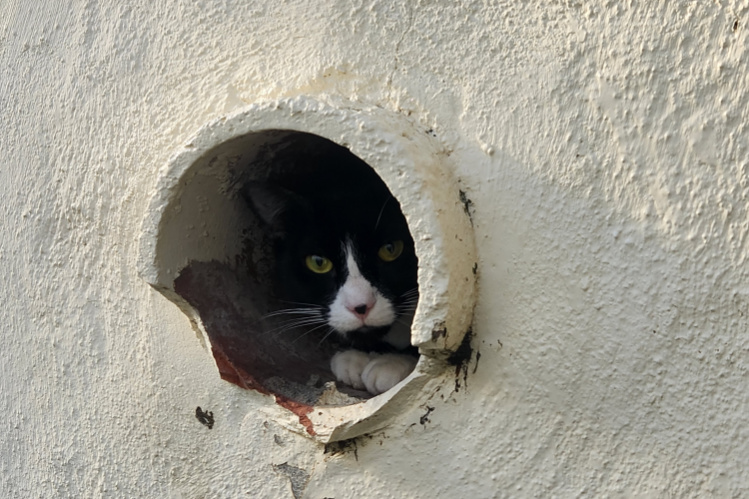
The future for our Aztec Cats
Genie, our newest colony member, was trapped in the summer of 2022, neutered and returned. He and the remaining original member, Darcy, have been successfully moved from the location in the center of our controversy to the quiet protected courtyard on the backside of the building.
As a young cat, I have some hopes that with socialization, we can eventually find a home for Genie.
Churu treats are a great help!
Photos provided by Ingrid Niesman and via Aztec Cats Facebook page, used with permission
Citations
- Spehar, D.D. and P.J. Wolf, Back to School: An Updated Evaluation of the Effectiveness of a Long-Term Trap-Neuter-Return Program on a University’s Free-Roaming Cat Population. Animals (Basel), 2019. 9(10).
- Swarbrick, H. and J. Rand, Application of a Protocol Based on Trap-Neuter-Return (TNR) to Manage Unowned Urban Cats on an Australian University Campus. Animals (Basel), 2018. 8(5).
- Kreisler, R.E., H.N. Cornell, and J.K. Levy, Decrease in Population and Increase in Welfare of Community Cats in a Twenty-Three Year Trap-Neuter-Return Program in Key Largo, FL: The ORCAT Program. Front Vet Sci, 2019. 6: p. 7.
- Spehar, D.D. and P.J. Wolf, The Impact of Targeted Trap-Neuter-Return Efforts in the San Francisco Bay Area. Animals (Basel), 2020. 10(11).
- Palmas P, G.R., Oedin M, Millon A, Cassan J-J, Kowi J, et al., Rapid recolonisation of feral cats following intensive culling in a semi-isolated context. Neobiota, 2020. 63: p. 177-200.
- Boone, J.D., et al., A Long-Term Lens: Cumulative Impacts of Free-Roaming Cat Management Strategy and Intensity on Preventable Cat Mortalities. Front Vet Sci, 2019. 6: p. 238.
- Gunther, I., et al., Reduction of free-roaming cat population requires high-intensity neutering in spatial contiguity to mitigate compensatory effects. Proc Natl Acad Sci U S A, 2022. 119(15): p. e2119000119.
- Vansandt, L.M., et al., Durable contraception in the female domestic cat using viral-vectored delivery of a feline anti-Mullerian hormone transgene. Nat Commun, 2023. 14(1): p. 3140.
Ingrid R. Niesman MS PhD is the Director of the SDSU Electron Microscope Imaging Facility at San Diego State University. She graduated from Utah State University and received her MS from the University of Illinois-Urbana-Champaign. After 30 years of technical electron microscopy, cell biology, neuroscience and infectious disease research, Dr. Niesman completed her PhD in the UK at the University of Sunderland. Her work experience includes time at LSU Medical School, Washington University, UAMS in Little Rock, UCSD, TSRI and a postdoctoral year at CALIBR in La Jolla, CA. She has worked for at least two National Academy of Science members and is credited with over 50 publications. She can be reached at [email protected]

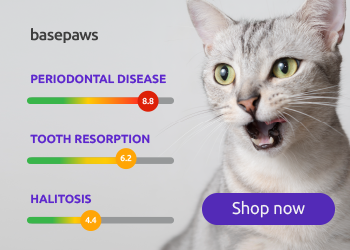







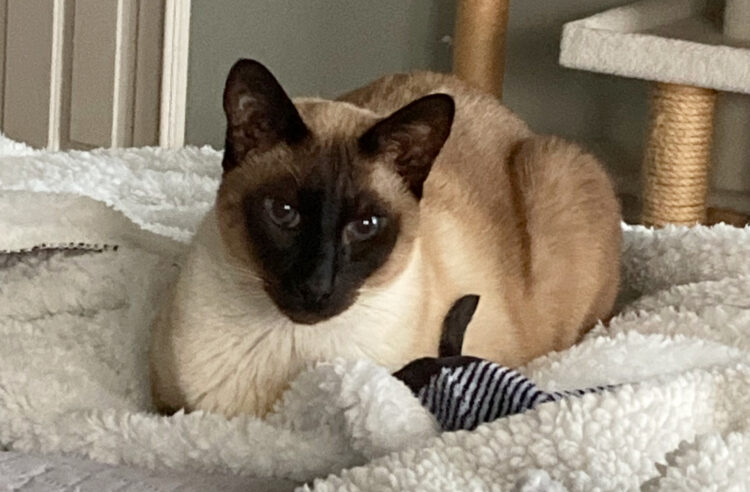


Thank you for sharing, this work is so important
Thank you for all you do for these cats.
I love this story, Thank you too the students for taking care of the cats. I wish all the people in the world would show a little more compassion for it isn’t the cats fault that they are there. The people who once owned them is at fault. I have 3 strays in my backyard I feed them, talk too them. and care for them.
Wow, I am so impressed. What a great read. I don’t remember cats being on campus when I went to college. However, I did not live on campus. I am so impressed with your credentials. I only hope the cats can be saved. I would think students, at least some, would enjoy having them around. Maybe someone needs to open a cat Cafe near the campus.